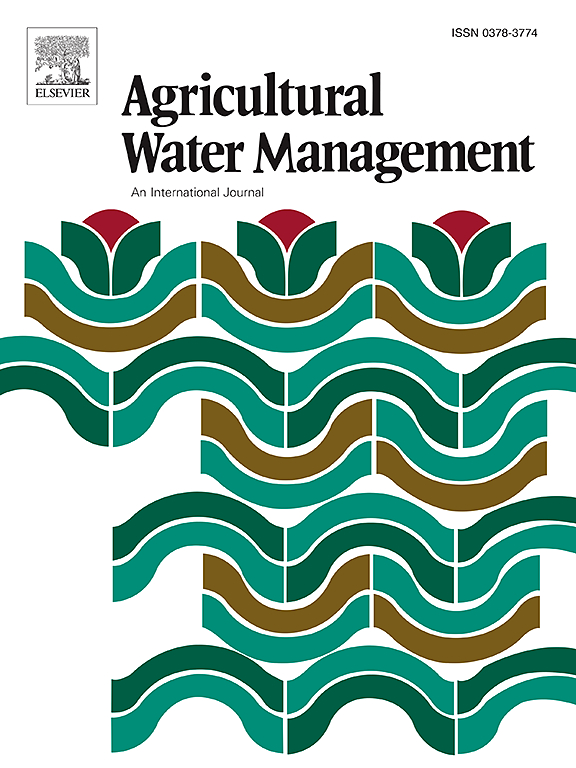新型城镇化会增强中国农村水资源的可持续潜力吗?−基于改进的水贫困框架
IF 5.9
1区 农林科学
Q1 AGRONOMY
引用次数: 0
摘要
在新型城镇化背景下,厘清其对农村水资源可持续性的影响,对于实现农村水资源的可持续利用和农业绿色生产具有重要意义。基于改进的水贫困框架,本研究首次对中国农村水资源可持续潜力进行了评价和分析。其次,运用PVAR模型探讨新型城镇化与农村水资源可持续潜力的互动响应关系。最后,利用空间Durbin模型厘清新型城镇化对农村水资源可持续潜力影响的空间溢出效应和区域异质性。结果表明:①研究期间,中国农村水资源贫困效率呈波动下降趋势,表明农村水资源可持续潜力不断减弱,区域不平衡性突出,东部和西部地区潜力较高,中部和东北地区潜力较低;二是新型城镇化水平呈现稳定增长态势,但地区与省份之间存在不均衡,多数省份新型城镇化水平仍有较大提升空间。新型城镇化与农村水资源可持续潜力之间存在长期稳定的均衡关系,两者具有动态发展的潜力。新型城镇化显著提高了本地区农村水资源可持续潜力,但对周边地区存在负外溢效应。分区域看,除中部地区外,新型城镇化有利于提高其他地区农村水资源可持续潜力,是促进农村水资源可持续发展的重要动力。本文章由计算机程序翻译,如有差异,请以英文原文为准。
Will new-type urbanization enhance sustainable potential of rural water resources in China? − Based on an improved water poverty framework
In the context of new-type urbanization, it is of great significance to clarify its impact on the rural water sustainability for achieving sustainable utilization of rural water resources and agricultural green production. Based on the improved water poverty framework, this study firstly evaluates and analyzes the sustainable potential of water resources in rural China. Secondly, PVAR model is used to explore the interactive response relationship between the new-type urbanization and the sustainable potential of rural water resources. Finally, the spatial Durbin model is used to clarify the spatial spillover effect and regional heterogeneity of new-type urbanization impact on the sustainable potential of rural water resources. The results show that: Firstly, During the study period, the water poverty efficiency in rural China shows a trend of fluctuation and decline, indicating that the sustainable potential of rural water resources is constantly being weaken, and the regional imbalance is prominent, with higher potential in eastern and western regions and lower potential in central and northeast regions. Secondly, The new-type urbanization level shows a steady growth trend, but there is a non-equilibrium between regions and provinces, the new-type urbanization level in most provinces still has a large room for improvement. Thirdly, There is a long-term stable equilibrium relationship between new-type urbanization and sustainable potential of rural water resources, and the two systems can develop dynamically. Finally, The new-type urbanization can significantly improve the sustainable potential of rural water resources in the local area, but has negative spillover effects on the surrounding areas. In terms of different regions, except for the central region, new-type urbanization is conducive to improving the sustainable potential of rural water resources in other regions, and it is an important driving force for promoting sustainable development of rural water resources.
求助全文
通过发布文献求助,成功后即可免费获取论文全文。
去求助
来源期刊

Agricultural Water Management
农林科学-农艺学
CiteScore
12.10
自引率
14.90%
发文量
648
审稿时长
4.9 months
期刊介绍:
Agricultural Water Management publishes papers of international significance relating to the science, economics, and policy of agricultural water management. In all cases, manuscripts must address implications and provide insight regarding agricultural water management.
 求助内容:
求助内容: 应助结果提醒方式:
应助结果提醒方式:


